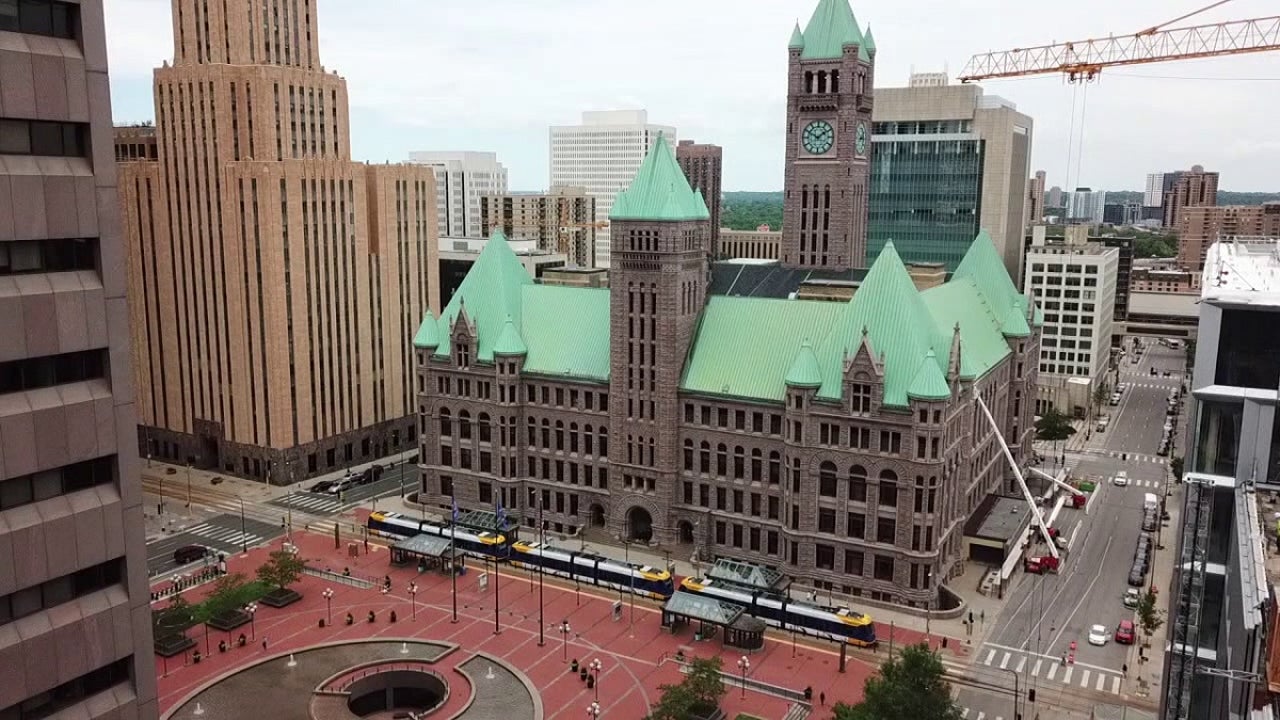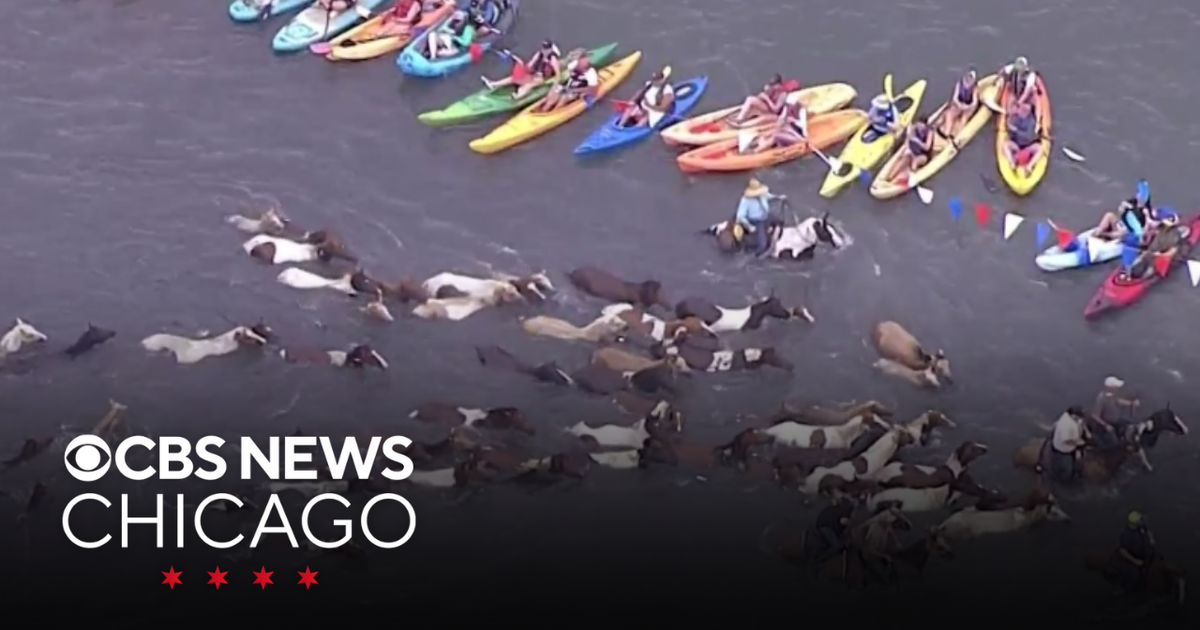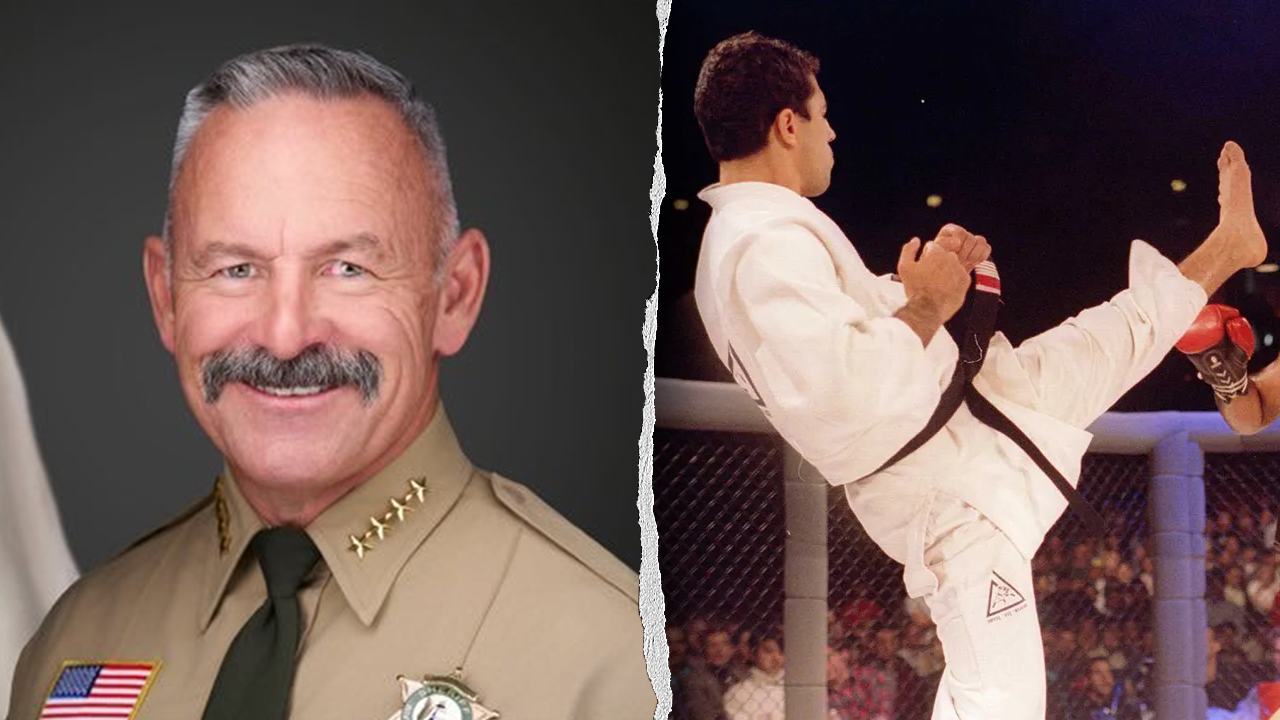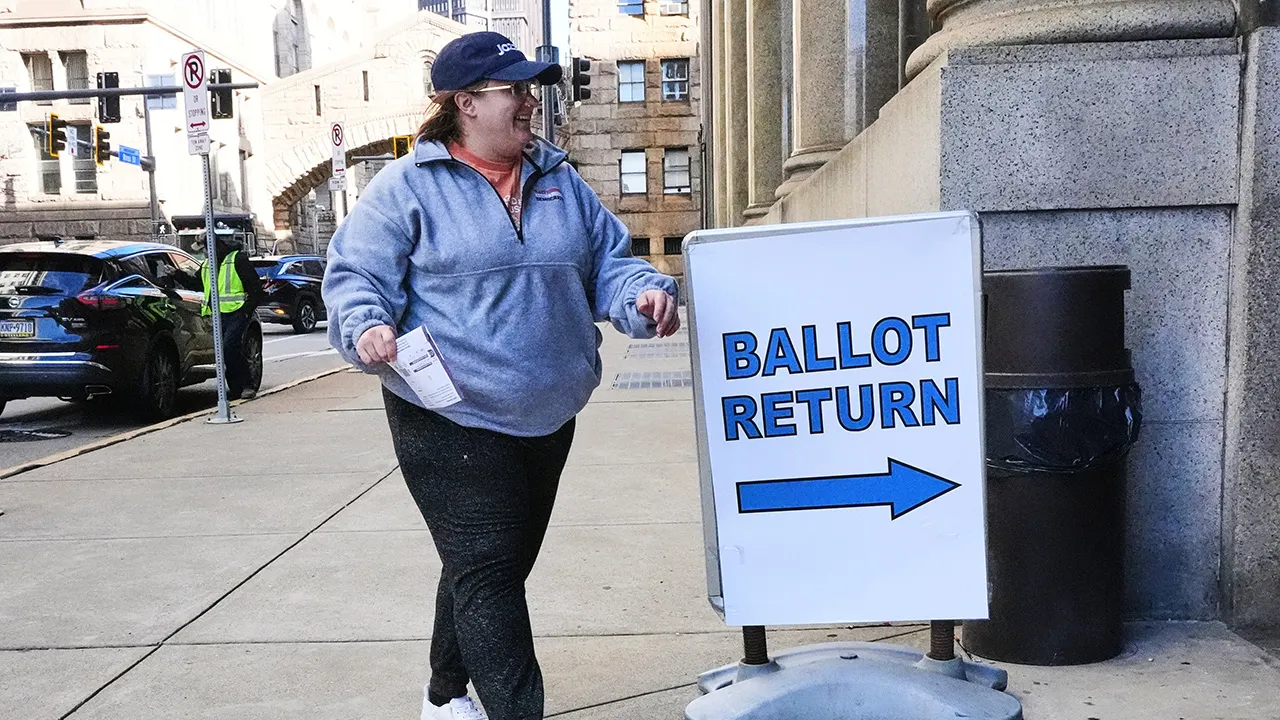Denver, CO
Heavy, wet snow brings much of Denver, foothills to a standstill. Unless you had a shovel. Or a sled.

After lulling Coloradans into visions of an early spring, the month of March worked hard Thursday to live up to its reputation as the state’s snowiest, dumping a foot and more of snow in the foothills and across metro Denver and closing schools, local government offices, businesses and roads.
Warmer, sunnier weather at the start of the week slid into cooler, stormier conditions. Starting Wednesday evening, rain and winds hit the mountains, turning into wet, heavy snow that then rolled across the Denver area. More than 2 feet of snow fell at higher elevations, reaching 36 inches in Conifer, nearly 24 inches in Golden and 9 inches in Denver.
Although the snow lightened throughout the day in many places, forecasters and state highway officials said the storm wasn’t over. National Weather Service meteorologist Russell Danielson in Boulder said 4 to 8 more inches could fall by Friday morning and the slightly above-freezing temperatures will drop, transforming slushy roads to icy ones.
The brunt of the storm was expected to ease by morning, the weather service said.
School districts throughout metro Denver and northern Colorado canceled classes Thursday and some, including Denver Public Schools and the Douglas County School District, also canceled Friday classes.
Government offices from Boulder to Colorado Springs were closed due to snow. The Colorado General Assembly took a snow day, too.
In some cases, people who showed up to work got to leave early. Michelle Swaisgood was waiting outside her workplace, Athletic Lettering in Arvada, for her husband to pick her up. The business, which customizes letter jackets and other sports team apparel, closed before noon because of a power outage.
Swaisgood thought she would spend the rest of the snowy, work-free afternoon watching movies. “We already have our shoveling done because we are early rising people.”
The storm caused hundreds of scattered power outages across metro Denver as of Thursday evening, affecting a total of close to 82,000 customers stretching from Boulder to Castle Rock and from Aurora to Clear Creek County near Georgetown. Xcel Energy, the state’s largest electric utility, said nearly 345 crew members were working to restore power.
Operations were normal at Denver International Airport, where only about an inch had fallen by Thursday afternoon. However, more than 800 flights were canceled and another 245 were delayed, according to the flight tracking website FlightAware. Airport spokeswoman Stephanie Figueroa said nearly all the cancellations were made preemptively Wednesday evening.
Travel by ground remained hazardous in spots throughout Thursday. The Colorado Department of Transportation issued a travel alert around 12:35 p.m., asking travelers to be prepared for highway closures and extended delays and to have food, water, blankets and other items in their vehicles.
Interstate 70 was closed between Denver and Silverthorne for part of Thursday. It was reopened to passenger vehicles in the afternoon but the eastbound lanes were closed again by evening after multiple accidents and slide-offs. The highway was to remain closed to commercial vehicles between Eagle/Vail and Morrison until noon Friday, CDOT said.
Interstate 25 over Monument Hill will likely be closed due to safety concerns through Thursday evening, according to CDOT.

Despite city officials’ repeated urgings in the leadup to the storm to stay off the roads, spots were at a premium Thursday afternoon in the upper parking lot at Ruby Hill Park in west Denver. By 2 p.m., upwards of 100 people, ranging from young children towing sleds to 20-somethings strapping on ski and snowboarding boots, were swarming the spot known for its sledding hill and Ruby Hill Rail Yard skiing and snowboarding areas.
“When I-70 is closed there are only so many places you can go,” said Lane Parker as she stood at the top of the sledding hill alongside her sister-in-law Autumn Gardner.
While activity was humming at Ruby Hill, traffic was light on South Broadway in Denver’s Baker neighborhood. Several businesses along the usually busy thoroughfare had “Closed” signs on their doors.

But coffee shops and restaurants on Broadway still attracted clientele. Ten minutes after opening, Postino Broadway had already seated two tables. At Snooze, a breakfast and brunch restaurant, eight tables were occupied and there was a slight wait at the host stand.
Those looking to enjoy the snow on the slopes had fewer choices Thursday. Eldora, Loveland, Arapahoe Basin and Echo Mountain ski areas announced closures for the day. Eldora reported 30 inches of snow overnight and snow slides on its access road, according to the ski area’s website.
People were advised to scratch any plans for camping Friday in Golden Gate Canyon State Park. Colorado Parks and Wildlife said on the social media platform X that the area west of Golden had gotten 36 inches of snow by Thursday morning.
“We won’t be dug out by tomorrow,” the CPW post said.
The arts also got snowed out. The Denver Art Museum was closed Thursday. All shows at the Denver Center for the Performing Arts were canceled. Cirque du Soleil’s show “Crystal” at Ball Arena was called off Thursday.

A low-pressure system that stalled out unleashed the snow along the Front Range. March is historically Colorado’s snowiest month and it’s not unusual for the Denver area to be battered by big snow storms then. An average of 11.5 inches of snow falls in Denver in March, making up about 20% of the city’s average yearly cumulative snow total.
This week’s storm, though, stands out, Paul Schlatter, a meteorologist with the National Weather Service in Boulder, said.
“Normally the storm system will slowly move across the Colorado-New Mexico border and just kind of meander its way eastward there,” Schlatter said. “This one is actually diving straight south over Arizona.”
And a “really strong easterly upslope flow” is pulling moisture in from Iowa and Nebraska, he added. “Once the easterly flow gets to the mountains, the eastern slopes get dumped on.”
March snow storms are typically wet, but this one is packed with moisture, Schlatter said. When the numbers from an unusually moist snow in early February are added, he expects this to be the area’s second-wettest start of the year.
Because of the heavy, wet snow, many homeowners tried to get a jump on the accumulation by getting out to shovel for the first time early Thursday morning.
In the Washington Park neighborhood, Ian Peterson was out and busy clearing the sidewalks around the block at Pearl Street and Fourth Avenue.
“I have this thing, so It’s easy,” Peterson said, pointing to his snow blower. Many residents who waited longer didn’t have the luxury of using snowblowers. The snow was too heavy by then.
Down the street from Peterson, Jenn Prileszky was watching as her three children were helping a neighbor build a snow fort. She said her kids heard the snow blower going and wanted to get outside.
“This is our first winter in Colorado so the snow is still kind of a novelty,” said Prileszky, whose family recently moved from Georgia.
Denver Post reporters Joe Rubino, Noelle Phillips, Katie Langford, Jacob Factor, Elizabeth Hernandez, John Wenzel, John Meyer and Megan Ulu-Lani Boyanton contributed to this report.

Denver, CO
Things to Do In And Around Denver This Weekend – 11/6-11/9 – 303 Magazine

Where: The Brighton – A NPU Venue 3403 Brighton Boulevard Denver, CO 80216
Cost: $35+
The Lowdown:
Western fashion continues to be a significant and evolving trend in the US.
Picture this: the energy of the crowd, the buzz of excitement in the air, and the spotlight shining bright on you as you showcase your most fabulous Western attire, complete with cowboy boots, wide-brimmed hats, denim, fringe, and turquoise accents.
Denver, CO
Greeley police searching for missing Denver woman 2 months after disappearance

DENVER (KDVR) — Officials are looking for any information about a Denver woman who was last seen in Greeley more than two months ago.
The family of Margarita Castillo-Perez, 26, reported her missing on Sept. 5, but her last known location was in Greeley more than a week before on Aug. 28, according to the Greeley Police Department.
Police said they do not know why she was in Greeley and that she has “associates” in both Denver and Littleton.
Her social media accounts are inactive, and she does not have any vehicles associated with her.
Anyone who sees Castillo-Perez should contact their local law enforcement agency, police said, and anyone with information on her whereabouts can contact the Greeley Police Department Criminal Investigations Unit at 970-350-9603.
Denver, CO
World-famous classic rock band announces Denver stop during upcoming tour
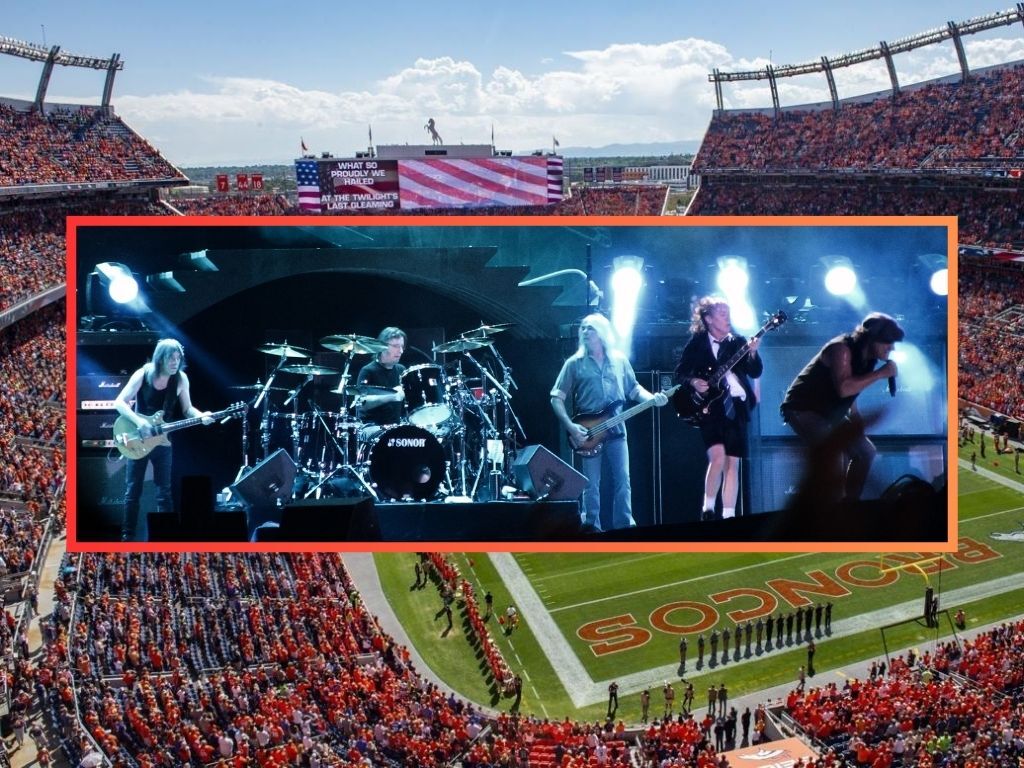
Known around the globe for hits like ‘Back in Black,’ ‘Highway to Hell,’ and ‘TNT,’ Australian rock band AC/DC is set to make a stop in Denver during their upcoming ‘Power Up’ world tour that will be kicking off in December of this year.
The Denver show will be their fifth American stop after 13 shows abroad – the 18th of the 30-stop tour.
AC/DC got their start in 1973, having since sold more than 200 million albums per ChartMasters.org. It’s also worth noting that their song ‘Highway to Hell‘ has reportedly been streamed more than 2.1 billion times on Spotify to date.
Coloradans hoping to see AC/DC live during their Centennial State stop should mark their calendars for July 28, 2026, when the band will take the stage at Empower Field at Mile High. This will be the first time the band has performed in Denver in a decade.
Find additional information related to AC/DC’s world tour and purchase tickets once they hit the market on November 7 here.
-
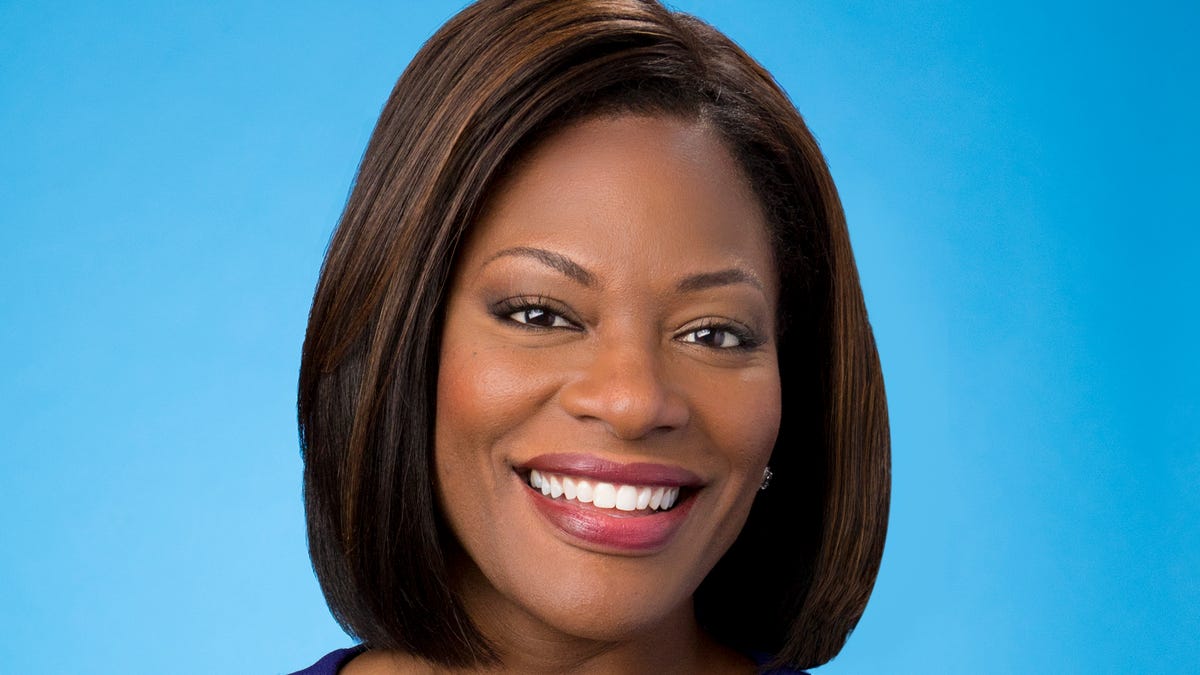
 Milwaukee, WI1 week ago
Milwaukee, WI1 week agoLongtime anchor Shannon Sims is leaving Milwaukee’s WTMJ-TV (Channel 4)
-
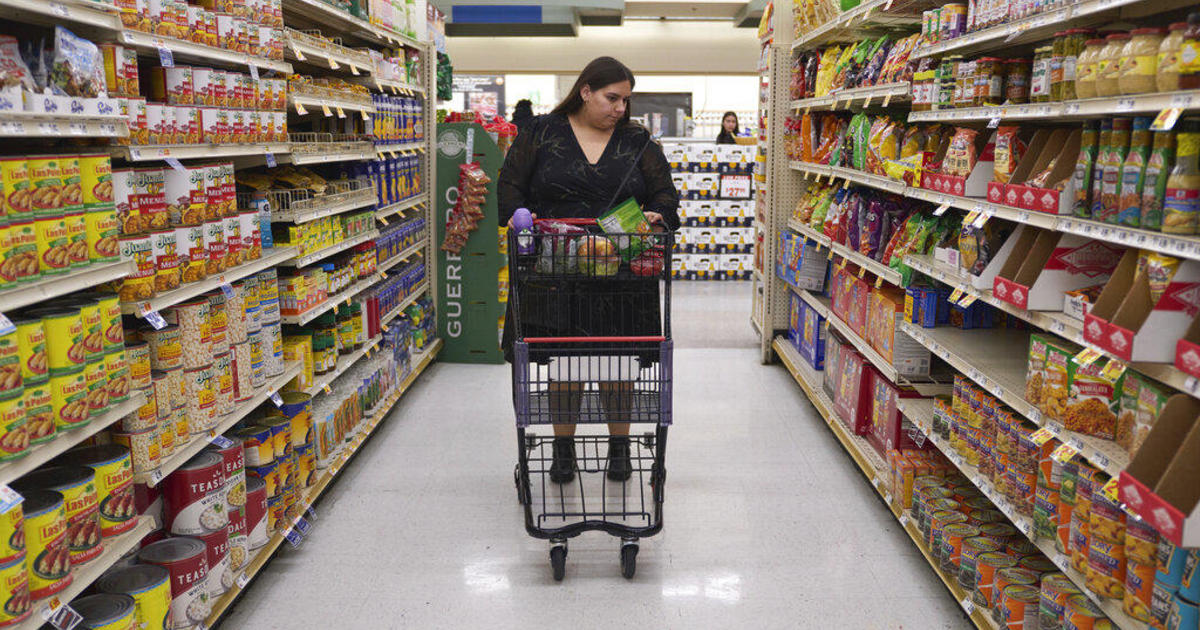
 News1 week ago
News1 week agoWith food stamps set to dry up Nov. 1, SNAP recipients say they fear what’s next
-

 Culture1 week ago
Culture1 week agoVideo: Dissecting Three Stephen King Adaptations
-

 Seattle, WA4 days ago
Seattle, WA4 days agoESPN scoop adds another intriguing name to Seahawks chatter before NFL trade deadline
-

 Seattle, WA1 week ago
Seattle, WA1 week agoFOX 13’s Aaron Levine wins back-to-back Jeopardy! episodes
-

 San Diego, CA1 week ago
San Diego, CA1 week agoAdd Nick Hundley, Ruben Niebla to list of Padres’ managerial finalists
-

 Education1 week ago
Education1 week agoOpinion | New York City Mayoral Candidates: Who Would Be Best?
-

 Culture1 week ago
Culture1 week agoCan You Pair Up These 1980s Novels and Their First Lines?

